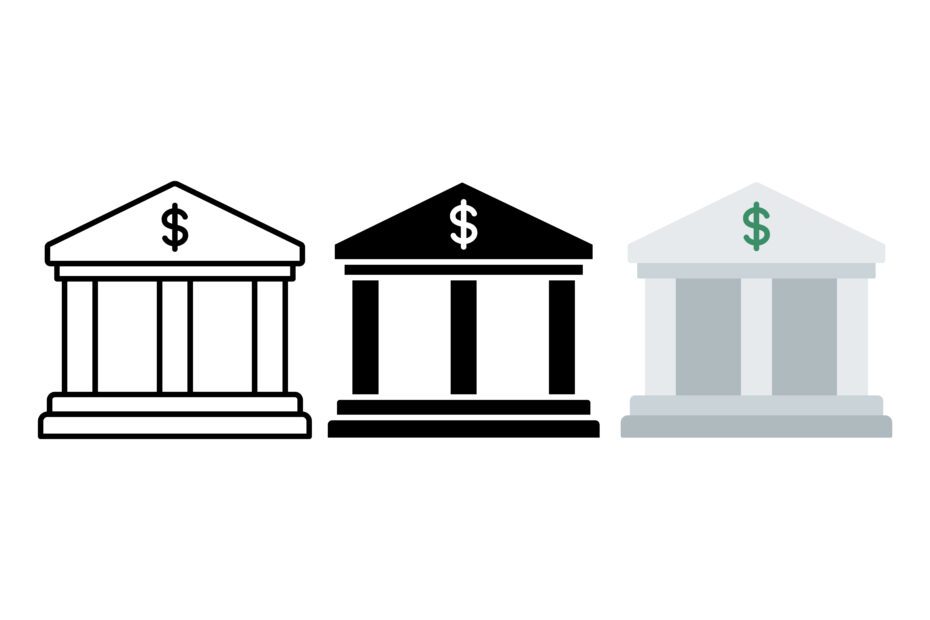💬 Meta Description:
Understand in detail how the Central Bank’s decisions, such as the Selic rate and inflation control, directly affect your fixed income, variable income, and credit investments. Adapt your strategy with financial security and intelligence.
📌 Introduction
Did you know that a single decision by the Central Bank can increase or reduce your earnings, make credit more expensive, and even influence the value of the stocks you invest in?
Many Brazilians invest without understanding the macroeconomic scenario — and that is a mistake. Understanding how the Central Bank’s decisions impact the markets is essential to protect your assets and make smarter choices.
In this complete Dicas de Bolso article, you will learn:
-
What the Central Bank is and how it works
-
Why the Selic rate is so important for the economy and your investments
-
How different types of investments react in each scenario
-
Practical tips to build your portfolio according to the economic cycle
🧠 What is the Central Bank and what does it do?
The Central Bank of Brazil (BCB) is primarily responsible for controlling the country’s monetary policy. Its main goals are to keep inflation under control, ensure the stability of the financial system, and protect the value of the currency.
Main functions:
-
Setting the Selic rate, influencing interest rates across the economy
-
Controlling inflation, keeping it within targets set by the National Monetary Council
-
Regulating the financial system and supervising banks
-
Acting in the foreign exchange market, when necessary, to avoid excessive fluctuations of the real
The body that decides the Selic rate is Copom (Monetary Policy Committee), composed of directors from the Central Bank. It meets every 45 days, and these meetings usually have a direct impact on the market.
📈 What is the Selic rate — and how does it work?
The Selic is Brazil’s basic interest rate, used in financial operations between banks and in government bonds. It influences all other rates — loans, financing, credit cards, and fixed-income investments.
The Selic serves to:
-
Fight inflation (by raising interest rates)
-
Stimulate the economy (by lowering interest rates)
-
Control consumption and household debt
📌 Important: The Selic also determines the returns on post-fixed government bonds, like Tesouro Selic, and indirectly impacts variable income and credit investments.
📊 How does the Selic affect your investments?
The Selic influences all types of investments. Here’s how:
🔼 Scenario with high Selic:
-
💸 Post-fixed fixed income (Tesouro Selic, CDB, LCI, LCA):
Returns increase. Great for those seeking safety. -
📉 Stock market (stocks):
Tends to fall. Credit cost rises, companies invest less, consumption slows. -
🏠 Real estate credit:
Becomes more expensive. Financing is directly impacted, slowing down property sales. -
🏦 Fixed income and conservative multimarket funds:
Returns rise with the basic rate increase.
🔽 Scenario with low Selic:
-
📈 Stocks and variable income assets:
Tend to appreciate, as companies have more access to credit and consumption grows. -
💰 Post-fixed fixed income:
Becomes less attractive. Time to seek pre-fixed or hybrid options. -
🧾 Long-term investments (REITs, private pension, debentures):
Gain strength, as the market seeks higher returns amid lower interest. -
🏦 Consumer credit:
Becomes more accessible, encouraging purchases, financing, and economic growth.
👥 How do Central Bank decisions affect different investor profiles?
🛟 Conservative
-
Benefits from high Selic scenarios
-
Ideal to invest in CDBs, Tesouro Selic, DI funds
-
Should be cautious during Selic drops and seek pre-fixed or hybrid investments
⚖️ Moderate
-
Can seize opportunities in variable income when Selic starts to drop
-
Needs to balance portfolio: part conservative, part exposed to risk
-
Good time for multimarket funds and incentivized debentures
🚀 Aggressive
-
Stocks, REITs, and ETFs tend to perform better with low Selic
-
Needs to closely follow economic cycles
-
Should adjust contributions to take advantage of transition moments
🛠️ Practical strategies for each economic moment
📌 When Selic is rising:
✅ Invest in post-fixed assets (Tesouro Selic, CDB at 110% CDI or more)
✅ Reduce exposure to consumer-dependent stocks
✅ Avoid long-term financing and installment purchases
✅ Keep your emergency fund strong
📌 When Selic is falling:
✅ Gradually increase exposure to variable income
✅ Consider pre-fixed options (e.g., Tesouro Prefixado 2029)
✅ Explore real estate funds and consumer-related sectors
✅ Take advantage of lower financing rates for planned goals
📋 Comparative table: Impact of Selic on investments
| Investment Type | High Selic | Low Selic |
|---|---|---|
| Tesouro Selic | High return and safety | Lower return but still stable |
| Tesouro Prefixado | Less attractive | Potential for future gains |
| Stocks | Volatility and decline | Appreciation with heated consumption |
| Real Estate Funds (FIIs) | Pressured returns | Higher demand and prices |
| CDB, LCI, LCA | More profitable | Less attractive vs inflation |
| Credit (financing) | More expensive | More accessible |
📚 Quick Glossary
-
Copom: Monetary Policy Committee responsible for setting Selic.
-
Inflation: General price increases.
-
Fixed Income: Investments with defined rules at application time.
-
Pre-fixed: Investor knows exactly how much they will receive at maturity.
-
Post-fixed: Returns vary according to Selic or CDI.
-
Hybrid: Part fixed return, part indexed (e.g., IPCA + 6%).
✅ Conclusion
The Central Bank’s decisions, especially regarding the Selic rate, are not just technical or distant economic data — they directly impact your financial life, earnings, credit, and goals.
🧠 The more you understand these decisions, the better you can protect and grow your money.
📣 Did you enjoy this Dicas de Bolso guide?
💬 Leave a comment with your question or opinion.
📲 Share this post with your investor friends or beginners!

Hello, my name is Ava Brow, I’m 20 years old, and the purpose of creating this website is to work with AdSense and also to help solve everyday problems people face. My main goal is to provide solutions based on my knowledge to address the challenges of my audience.
